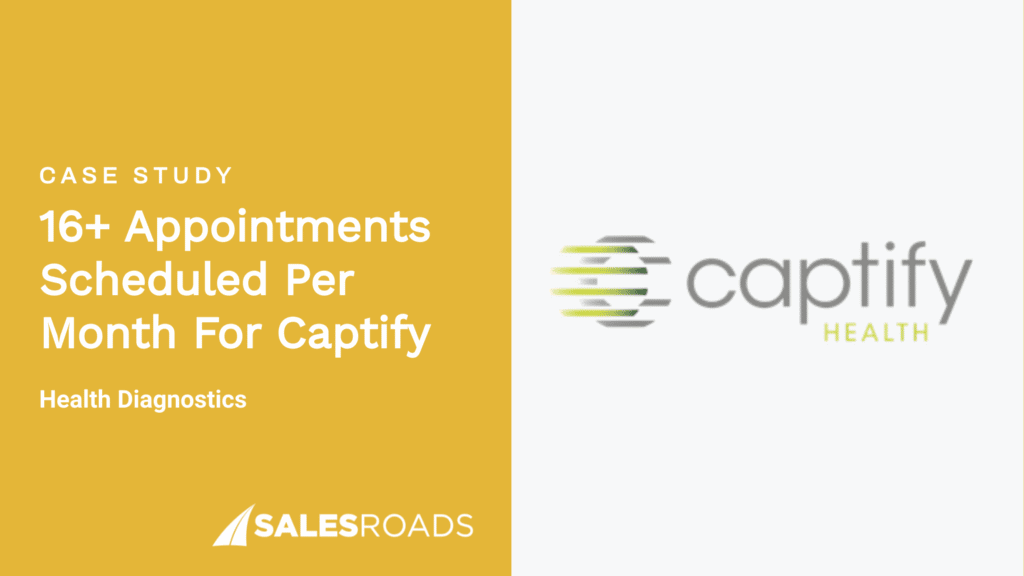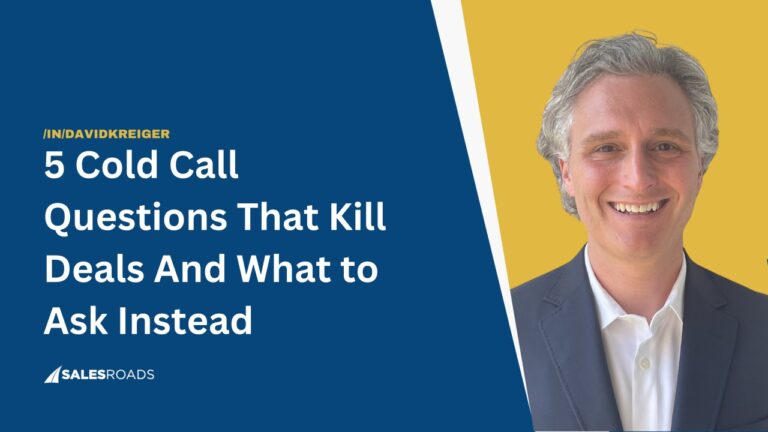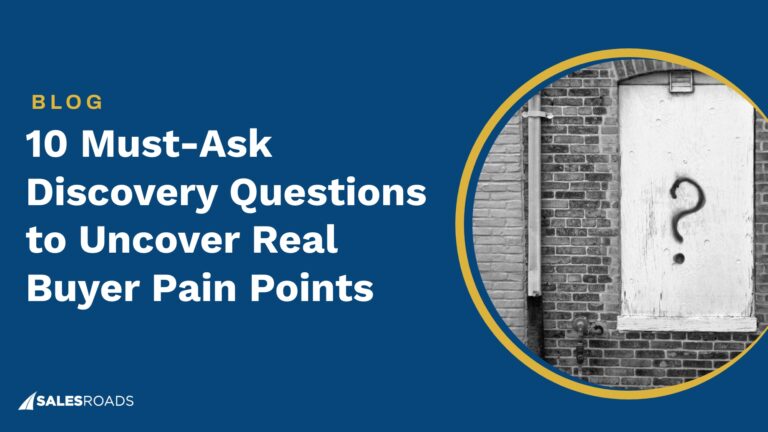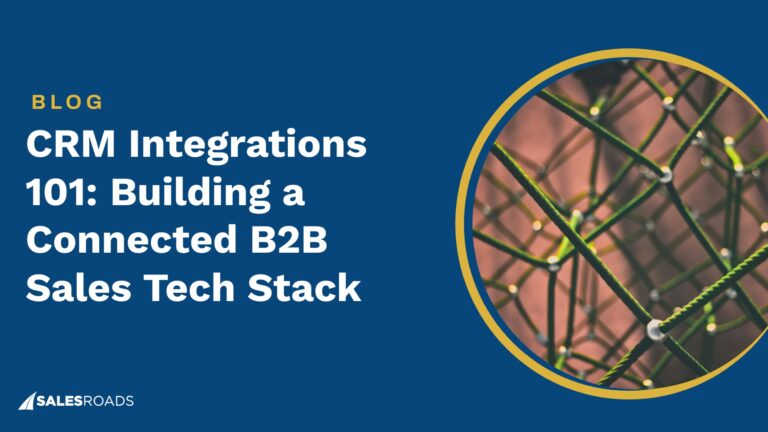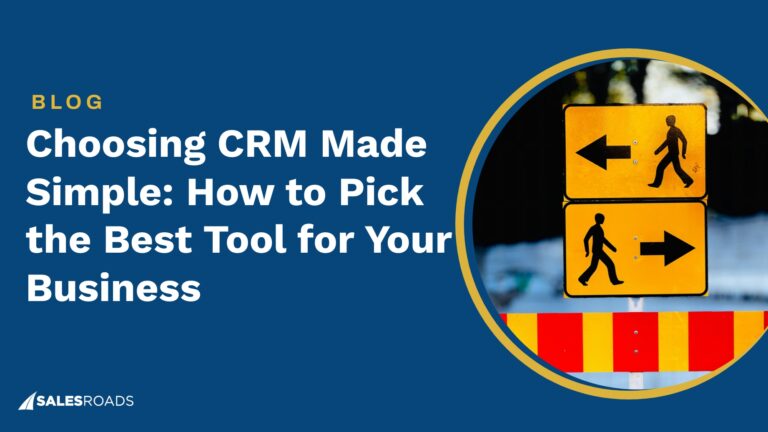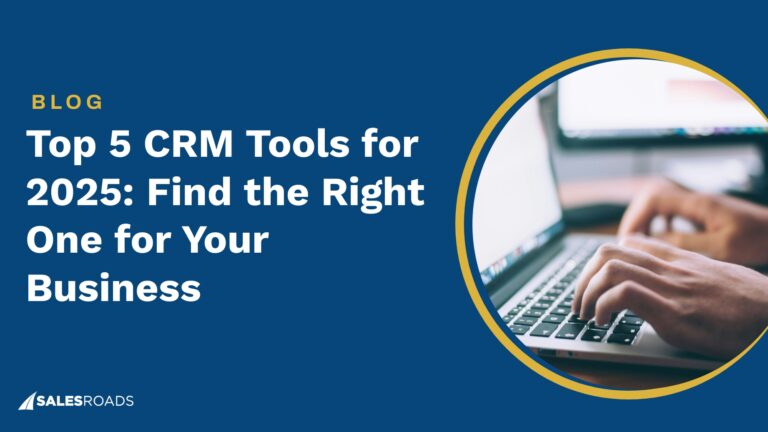If you’ve worked with channel partners, you know how hit or miss it can be. Some partners crush their numbers. Others barely make a dent. The difference isn’t just grind; it’s how you enable them.
Channel partner enablement isn’t about tossing a pitch deck over the fence and crossing your fingers. It’s about giving your partners the same tools, training, and clear direction you’d give your own sales reps.
When you get it right, partner sales enablement turns your channel from a loose network into a serious revenue machine.
What is Channel Enablement Strategy?
Channel enablement strategy is all about giving your partners what they need to succeed, without leaving anything to chance. It’s the framework that helps companies support, train, and empower their channel partners to drive more sales and represent the brand effectively.
When you get this strategy right, you turn partners into high-performing extensions of your internal sales team.
But this goes way beyond just sharing a product one-pager or holding a quick kickoff call. A good channel enablement strategy takes a structured, ongoing approach. Take Parker Hannifin, for example.
The manufacturer of hydraulic and motion control systems partnered with SalesRoads to support one of their full-line distributors, an operation with multi-state reach but a need to expand in remote regions.
Instead of hoping the distributor could grow market share on its own, Parker and SalesRoads co-developed a channel enablement approach: targeted outbound lead generation campaigns, discovery sessions to fine-tune ICPs, calling scripts to qualify based on BANT criteria, and a structured flow of sales-qualified leads back to both the distributor and Parker’s sales teams.
They achieved 541 SQLs, valued at an estimated $25 million in annual opportunity, proof that intentional enablement can drive measurable outcomes.
That’s why an effective channel partner enablement program is essential. According to research, 58% of organizations have a sales enablement presence, with 21% extending support to customer success and 10% to marketing teams.
Companies that invest in partner sales enablement see stronger pipelines, shorter sales cycles, and more consistent performance across partner accounts. When partners are trained, informed, and confident in your offering, they’re not just pitching; they’re closing.
And here’s the part most companies overlook: partner enablement builds loyalty. When partners feel supported, they’re far more likely to prioritize your solution over a competitor’s.
A thoughtful channel partner sales enablement program signals that you’re in it for the long haul and that kind of trust pays off over time.
Channel Enablement vs. Partner Enablement: What’s the Difference?
At first glance, channel enablement and partner enablement might sound interchangeable, but they’re not quite the same. If you’re leading sales or building out a partner program, it’s important to understand the difference because how you structure your enablement strategy depends on it.
Channel enablement is the broader strategy.
It refers to the systems, tools, and processes you build to support your entire indirect sales channel, distributors, resellers, MSPs, VARs, and everyone in between. It’s about creating a scalable structure that helps all types of channel partners succeed at selling your product or service.
Partner enablement, on the other hand, is more focused.
It’s the hands-on support you provide to specific partners within that channel. Think training programs, sales content, onboarding resources, and tools that help those partners actively drive revenue. Partner sales enablement is about equipping individual partners with the knowledge and assets they need to pitch, position, and close deals.
In other words: channel enablement is the strategy; partner enablement is the execution. You need both. One sets the direction, the other drives results. And over 90% of businesses now have a dedicated team or program for sales enablement, emphasizing its critical role in supporting both internal and channel sales teams.
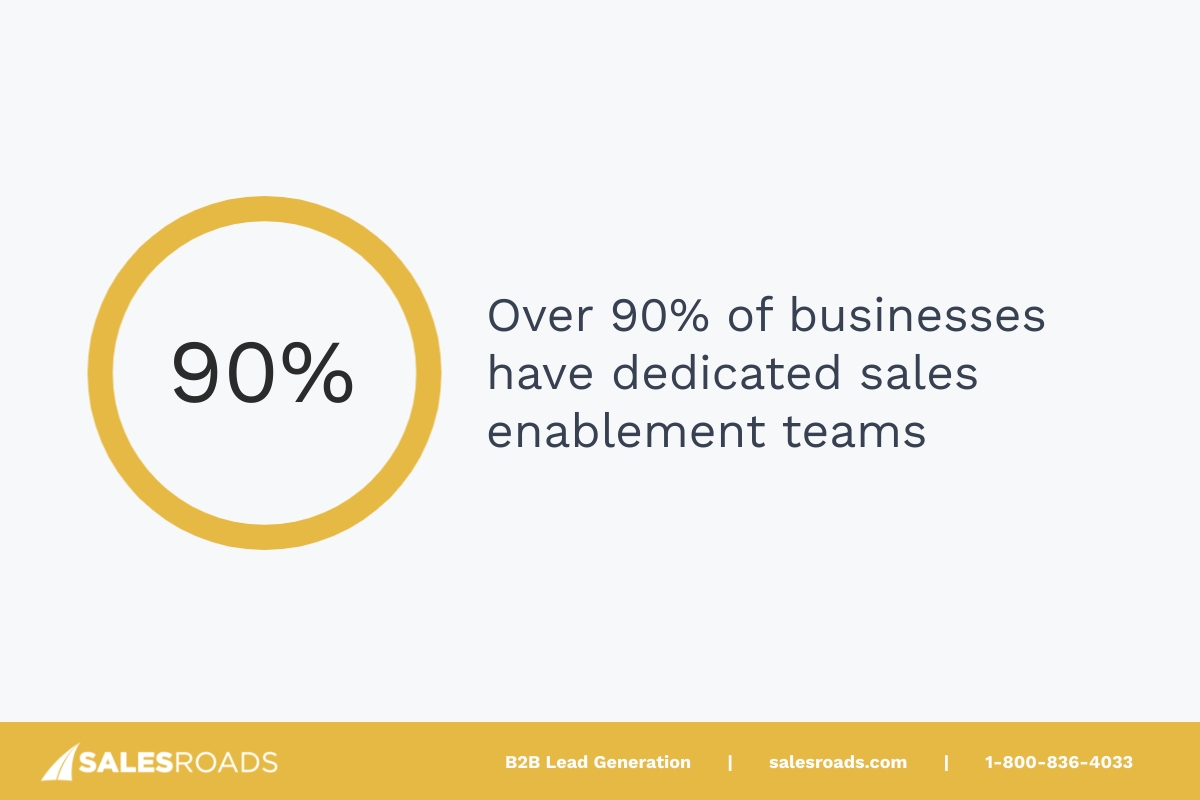
Step-by-Step Guide to Building a Channel Enablement Strategy
Building a strong channel enablement strategy doesn’t happen overnight.
It takes structure, consistency, and a deep understanding of how your partners sell. Whether you’re launching a new partner program or refining an existing one, this step-by-step guide walks through the core elements of effective channel partner enablement.
Develop a Strong Onboarding Experience
First impressions matter. Your onboarding program is where your partners start forming their perception of your product and your company.
This is where you go beyond the sales pitch and dig into what actually helps them sell. Teach your partners about your ideal customer profile (ICP), your positioning in the market, and how you differentiate from the competition.
A solid onboarding experience should be structured, repeatable, and flexible enough to work for different partner types. Think interactive modules, short video walkthroughs, and quick-win resources.
When partners feel confident about what they’re selling and who they’re selling to, they hit the ground running and your partner sales enablement program starts delivering results faster.
Create Channel-Specific Sales Playbooks
Your internal reps may know your product like the back of their hand. Your partners don’t. That’s why you need sales playbooks built specifically for channel reps.
These aren’t generic decks, they’re practical guides that help partners position your solution, speak to buyer pain points, and handle objections in the field.
The best playbooks include messaging frameworks, qualifying questions, email and call scripts, and a clear outline of your sales process. Companies with tailored sales playbooks see a 49% higher win rate on forecasted deals, demonstrating the value of customized resources.
Include real examples and frequently asked questions, and make sure it reflects how deals actually get done in the channel. When your partners have a clear roadmap, they’ll sell with more confidence and close more deals.
Deliver Ongoing Training and Development
Enablement is not a one-and-done activity. Once your partners are onboarded, you need to keep them engaged and informed. That’s where regular training comes in.
From short refreshers to full-blown webinars, ongoing education ensures your partners stay aligned with your latest messaging, features, and go-to-market strategy.
Consider offering monthly training sessions, role-specific microlearning modules, or even on-demand libraries they can access anytime. This keeps your channel partner sales enablement program dynamic and helps reinforce the right behaviors.
Centralize and Simplify Content Access
If your sales content is hard to find or buried in random folders, your partners won’t use it. Create a centralized, easy-to-navigate content hub where they can quickly access what they need. Organize assets by sales stage, use case, or buyer persona, and keep everything up to date.
This includes pitch decks, datasheets, case studies, competitive battle cards, and pricing tools. Bonus points if it’s searchable and mobile-friendly.
It’s important to keep in mind that sales enablement technology is a priority investment for 55% of C-suite leaders, indicating the growing emphasis on accessible resources.
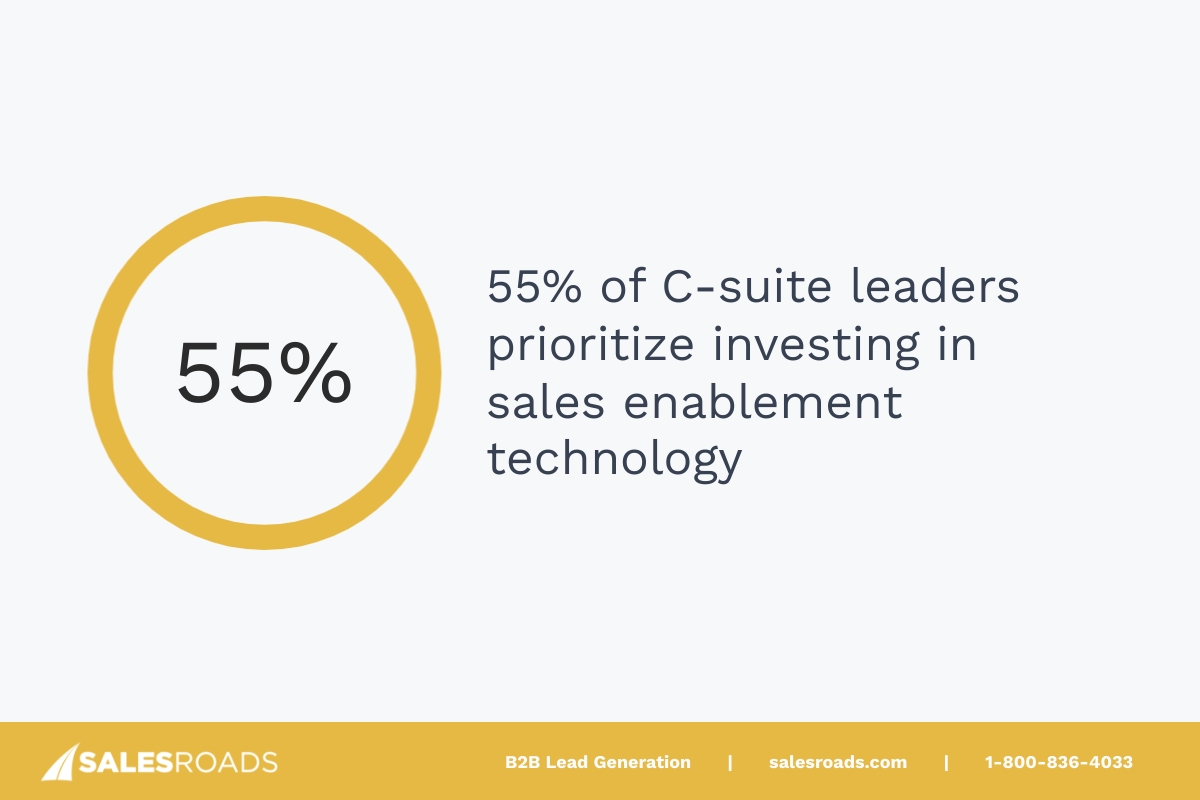
Good content accessibility can be the difference between a confident sales conversation and a missed opportunity.
Track and Analyze Performance Metrics
You can’t improve what you don’t measure. Tracking partner performance is key to understanding what’s working in your enablement program and what’s not.
Focus on KPIs like partner-led pipeline, conversion rates, deal velocity, and average deal size.
Beyond the numbers, dig into qualitative data too. Are partners using the tools you provide? Are they attending trainings? What’s the feedback from the field?
Use this insight to fine-tune your partner sales enablement strategy. High-performing partners leave clues, and your metrics should help you spot patterns and scale success.
Leverage the Right Tech Stack
Technology can make or break your channel enablement efforts. A good Partner Relationship Management (PRM) platform can help you automate onboarding, share content, track training completion, and manage partner deals.
The goal is to reduce friction and give partners everything they need in one place.
Make sure your tech stack supports collaboration, communication, and insight sharing. Integrate with your CRM and learning tools to keep things streamlined. The easier it is for partners to navigate your systems, the more likely they are to stay engaged and productive.
Maintain Consistent and Personalized Communication
Channel partners aren’t in your building so it’s up to you to keep them in the loop.
Build a cadence for communication that includes product updates, marketing campaigns, incentive programs, and success stories. But don’t just blast the same message to everyone.
Tailor updates by partner tier, region, or vertical so it feels relevant and useful. Whether it’s a monthly newsletter, a Slack community, or quick video updates, consistent communication builds trust and keeps your partners aligned with your sales goals.
Align Channel and Direct Sales Teams
Your channel strategy doesn’t exist in a vacuum. To get the most out of your partner relationships, you need alignment between your direct sales team and your channel partners.
This starts with clear rules of engagement and continues with a culture of collaboration, not competition.
Encourage internal reps to share intel, offer support, and even co-sell with partners where it makes sense. When direct and channel teams are working from the same playbook, you’ll avoid channel conflict and drive better outcomes on both sides.
Offer Co-Selling Support When Needed
Not every partner will be ready to close big deals on their own, especially early on. That’s where co-selling comes in.
Offer strategic support through joint calls, sales engineer assistance, or customer references to help build momentum.
This isn’t just about sealing a deal; it’s about building confidence and showing partners you’re invested in their success. Over time, this hands-on approach pays off with stronger relationships and more self-sufficient partners.
In the episode of the Sell Like A Leader Podcast, David Kreiger welcomed Autumn Grimm, the CRO and co-founder of PartnerTap, to talk about integrating co-selling into the sales motion.
She points out that the days of long-term partnership maturation are behind us. Companies now demand fast, measurable results, making it crucial to implement structured co-selling strategies with clear KPIs.
You can listen to what she has to say here:
Gather Partner Feedback Regularly
Don’t assume your enablement program is working, ask. Set up regular check-ins or feedback surveys to hear directly from your partners. What’s helpful? What’s missing? Where are they getting stuck?
Use this input to evolve your channel partner enablement strategy. Continuous improvement shows your partners you’re listening, and it helps you build a program that actually drives results.
The best partner sales enablement strategies aren’t static; they grow with the business.
KPIs That Prove Your Enablement Strategy Works
It’s easy to build out a channel enablement strategy and hope it’s working. But hope doesn’t close deals. You need data. The right KPIs not only show whether your channel partner enablement efforts are driving revenue, they also help you double down on what’s actually moving the needle.
One of the most telling metrics is partner-sourced pipeline. This tells you how much new business is being generated directly from your channel partners. If your partner sales enablement program is effective, this number should grow steadily over time.
Partner win rate is another key indicator. Are partners closing the deals they bring in? A higher win rate suggests they understand your value proposition and know how to position it, clear signs your channel partner sales enablement content and training are doing their job.
Don’t ignore deal velocity either. If partners are moving opportunities through the funnel faster, that points to better tools, better alignment, and more confidence during the sales cycle.
Finally, track enablement engagement itself: logins to your PRM platform, training completion rates, and content usage. These activity-based KPIs tell you how invested your partners are in your enablement system.
When you connect these metrics to revenue, you’ll get a clear picture of what’s working and where to focus next. That’s how modern B2B teams make enablement a true growth lever.
Bottom Line
Channel partner enablement isn’t just a box to check; it’s a competitive advantage. The companies that win aren’t the ones with the most partners; they’re the ones who empower those partners to win with them.
Build a strategy that supports your partners like they’re part of your team because they are.



